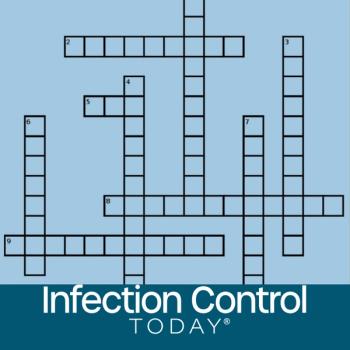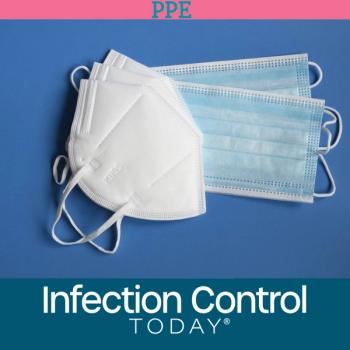
IDWeek 2025: Suitcase Lab Nails Nipah in 30 Minutes
A Bangladesh research team unveiled a suitcase-sized, point-of-care test that detects Nipah virus from respiratory patients in about 30 minutes, showing accuracy comparable to RT-PCR, and designed to bring rapid diagnosis and outbreak control to rural, low-resource settings.
A Bangladesh research team has introduced a suitcase-sized laboratory that can diagnose Nipah virus at the point of care in roughly 30 minutes—potentially transforming outbreak response in rural, low-resource settings. Speaking at IDWeek, Mohammad Enayet Hossain, PhD, associate scientist for icddr,b (International Centre for Diarrhoeal Disease Research, Bangladesh), said the goal was to close a dangerous gap: Nipah, a zoonotic infection with case-fatality rates exceeding 70%, has lacked a rapid test deployable outside reference laboratories.
“Nipah virus (NiV) is a bat-borne, highly pathogenic, stage III emerging zoonotic virus, with more than 70% case fatality rate in Bangladesh,” the authors wrote on the poster. “As no treatment or vaccine is available, the rapid diagnosis of suspected cases and specific control measures are imperative for the fast containment of the disease. Current diagnostic methods for NiV, including RT-qPCR and ELISA, are time-consuming and often inaccessible in resource-limited settings. Therefore, development of a fast, sensitive and field-deployable diagnostic tool has been a pressing demand.”
The group engineered a portable “mobile lab” that can be carried in a van and set up at peripheral hospitals or community clinics. In field evaluations, the assay showed performance comparable to the gold-standard real-time RT-PCR for detecting acute Nipah infection, enabling on-site confirmation within a single clinical encounter. That speed, Mohammed noted, is critical for initiating isolation, tracing contacts, and guiding community risk communication before chains of transmission spread.
“This key takeaway is that this has the accuracy and time and the portability that this point of care diagnostic is providing,” Mohammad told Infection Control Today®. “It can be taken to any rural places, like a country like Bangladesh, [which] is a low resource setting, you can [use it] for diagnostic and prevention and quarantine [a] daily disease like Nipah virus.”
The authors wrote, “The RT-RAA assay showed rapid detection of NiV at 42°C within 15 minutes, with a detection limit of 50 gene copies/reaction and no cross-reactivity with other pathogens. Of the 90 clinical specimens tested, 44 (48.9%) were confirmed NiV-positive by RT-qPCR.”
Beyond accuracy and turnaround time, the design prioritizes practicality, including minimal power requirements, streamlined workflows, and durable components suited to district facilities. The team envisions the platform as part of an integrated response playbook—triage, test, isolate, and inform—so that suspected cases can be diagnosed, quarantined, and linked to care without delays caused by sample transport. If scaled, the tool could give health workers in Bangladesh and other endemic regions a realistic chance to contain Nipah at its source.
Newsletter
Stay prepared and protected with Infection Control Today's newsletter, delivering essential updates, best practices, and expert insights for infection preventionists.






